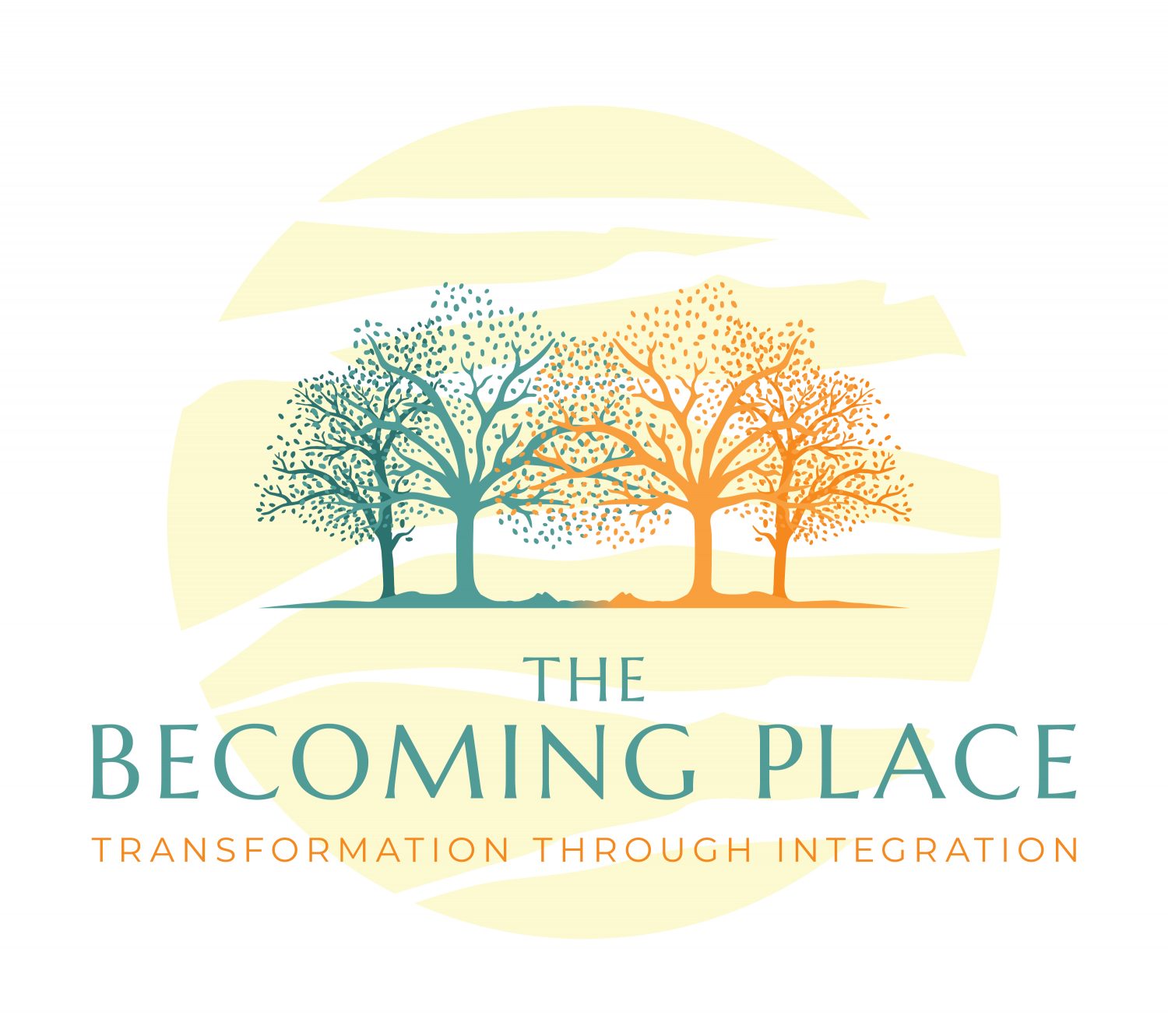Stuck.
You’re mired in the same old self-defeating patterns that have held you back for years.
You’ve tried to change.
You’ve read books, listened to advice.
New Year’s resolutions have come and gone.
But nothing is really different.
It’s overwhelming.
Discouraging.
But what if change doesn’t have to be so hard?
What if you could make lasting changes in just a few minutes a day?
Why Lasting Personal Improvement Seems Impossible
It’s no wonder change has always seemed so hard. Society scripts us to see it that way. Traditional Freudian psychoanalysis takes as much as ten hours a week for ten years! And there’s no guarantee that after all that time and money it will even work.
You don’t have time for that.
Think what you could do with ten hours a week for ten years: start a business, write a book, add a part time job, volunteer with foster children.
You just need a path to quick change. Change that sticks. Change makes your life better and helps you meet your goals.
Fortunately, science has your back.
Research shows that there are fast, consistent ways to bring meaningful change to your life, including:
- Increasing your happiness
- Increasing your productivity
- Improving your stress management
- Improving your confidence levels
I going to teach you three three-minute miracles. These are simple things you can do in three minutes or less. They will each have profound effects on your life. And they won’t require a big investment of time or money. All it takes is a desire to follow through, and the right know-how.
How to Supercharge Your Happiness — and Crush Your Goals
Quick — what makes you happy?
Cool toys?
Adventure?
Friends?
Family?
It could be all of these, or none. Because before you experience happiness, the prefix to your answer has to be Appreciating.
Can you think of a time when you’ve taken something for granted, only to wish later you could have the same thing back?
Of course. It happens all the time.
But what you may not know is that research also says people who specifically focus on things they are already grateful for are more likely to make progress toward new important goals.
Seems counterintuitive, right? You might tell yourself that being dissatisfied should be an incentive to move full steam into the future. And within certain perimeters that is true. Wanting a better job could prompt you finish a new credential, for example. But overall, happier people are more successful. They work faster, perform better, and accomplish more. And gratitude is key to being happy.
Research is unfolding the specific impacts of gratitude on happiness. The results are amazing. Turns out your level of gratitude may increase your happiness in a whole bunch of ways, including improving your:
- emotional health
- physical health
- spiritual health
- relationships
- self esteem
- stress management
- ability to cope successfully with competition and social comparisons.
That’s why the first, most important way to make positive change in your life is to take just a couple of minutes a day to focus on the positives that are already there.
Revolutionize Your Life with Two Minutes and a Spiral Notebook
Get a notebook.
Write down stuff you are grateful for.
Regularly.
That’s it.
But here’s the trick.
It sounds too simple. People hear the advice. They read the research behind it. They think, Yeah, I get that. Note to self: be more grateful. And then they move on. They don’t actually write the words.
In the notebook.
Regularly.
But you take under three minutes a day to actually do the exercise?
You get the proven benefits.
Research shows that people assigned to keep weekly gratitude journals compared to people writing about neutral or negative events:
- exercise more
- feel better physically
- report more positive feelings about their lives overall
- are more positive about the future
- make more progress toward their life goals
- are more likely to help other people
Sound good? How about findings that people who do a gratitude exercise every day are also more alert, enthusiastic, determined, attentive, and energetic?
Different studies have used different journaling schedules: daily, weekly, every other day. Some have people list things that they are grateful for, while others have them recount a particular experience in more detail.
Shawn Anchor suggests listing three new things you are grateful for and then journaling in more detail about one positive thing that happens each day for 21 days in a row.
However you structure it, write it down. That’s your first three-minute miracle.
You will be happier. And you will accomplish more.
How Your Thoughts Can Change Your Reality — Without Taking Any Extra Time on Your Part
What do the voices in your head have to say?
Turns out the answer matters more than you probably realized.
The science behind the power of mindset is exploding. Studies show that the way you think shapes not only how you feel, but also your underlying physiology.
Example? Stanford psychologist Alia Crum divided hotel housekeepers into two groups. Half of them were told that exercise is important to good health. The other half were told that due to the nature of their job they were alreadygetting great exercise.
Guess what happened four weeks later?
The group who believed that they were getting great exercise had a decrease in weight, blood pressure, body fat, waist-to-hip ratio, and body mass index.
The housekeepers who were doing the same job, getting the same amount of exercise, but who hadn’t been told to think of it in that way stayed the same health-wise.
The first group went to the gym without going to the gym. Way to keep a New Year’s resolution, right?
So how long do you think it takes to make that kind of mindset shift?
Could you do it in twelve weeks of therapy?
Six months?
Or would it take you even longer? Some people spend years in therapy without making any major changes.
The participants in this study made their changes after investing just a few minutes of time. And you can too.
Crum’s housekeepers listened to a one-time fifteen-minute presentation (that’s about like having someone read you this article, right?) The only other ongoing follow up was that Crum hung posters in their breakroom listing the exercise benefits of housekeeping.
Now what are the chances that each of those housekeepers spent hours every week studying the posters?
Nah. Didn’t happen.
The reality? They probably glanced at them coming and going, maybe a total of two or three minutes a day. The posters just served as a reminder.
The key is, it doesn’t take any longer to think positively than it does negatively.
So how do you implement this in your own life?
A Blueprint for Making Fast Life Changes
It’s all about your habits. You can change the thoughts that run in the background of your mind. And the fastest way to do it is by using affirmations.
Ever watch vintage Saturday Night Live?
If so you probably remember Stuart Smalley’s, “I’m good enough, I’m smart enough and dog-gonnit, people like me.”
Like that.
Except not.
Not weird. Not hokey. Not fake. I’m going to teach you the science-based way to do affirmations that actually works.
Researchers have dialed down alot about affirmations the past few years. MRI scans show that using affirmations activates your brain’s reward pathways, as well as the parts of your brain responsible for self-related processing. As a result they help buffer you against discouragement, pain, and negativity.
And study after study after study show that they work. People under stress problem solve better. Minority students close the achievement gap. People with high-risk health make healthier lifestyle choices.
But there’s a catch. People who don’t believe the affirmations they are saying don’t make as much progress. Sometimes saying “I’m successful,” for example, might build you up. But if you’re feeling enough like a failure, it could just be triggering.
Scientists have discovered how to get around this. It’s called values-based affirmation. And Stuart Smalley has never heard of it.
The Most Effective Way to Use Affirmations
When people hear the term affirmation, they often imagine themselves reading off a long list that goes something like this:
- I am attractive.
- I am intelligent.
- I am wildly successful, charismatic, witty, charming, and I smell amazing.
And that image turns them off to the whole idea. Sure, the list beats tearing yourself down internally. But it also feels awkward.
Value-based self-affirmations are different. You think about what you really care about — your core values. And you turn those into affirmations. These are the kinds of affirmations used in the studies we have been talking about.
So, if you are passionate about your career, for example, you could say:
- I find meaning by making important contributions through my work.
- I care about my coworkers and we make a great team.
- I am grateful to be able to support myself financially.
Not true for you? That’s okay. Write affirmations that are true, about whatever area of your life you are passionate about. It could be family, friends, hobbies. Whatever.
Then when something potentially threatening or upsetting comes along, your brain is primed to come at it from a place of strength.
These kinds of value-affirmations are shown to reduce reactivity to stress and negative feedback by changing the body’s neuroendocrine stress response. And even brief interventions can have long term effects that last for months.
This works even when the situation causing stress or discouragement isn’t directly related to the affirmation. Reconnecting to your own core values puts you in the right state of mind to handle whatever life throws at you.
Cool, right?
So how do you do it? Here is your second three-minute miracle.
Decide on your core values. What are you passionate about? Family? Friends? Work? A hobby or goal?
Write a short list of value-based affirmations like the one above.
Review it once a day.
It might be helpful to go back to the list if you are feeling especially discouraged or stressed as well. But mostly just remind yourself who you are and what you care about once a day. It will be enough to focus your brain on what matters most, and to shift your physiological responses to whatever comes next.
Who knew you could change your physiology just by focusing your brain?
Science is awesome.
But did you know you can also change your brain by focusing your body?
How to Change Your Brain by Focusing Your Body
Most of us intuitively think that the external expressions on our bodies mirror how we are feeling.
Sad? As a result you slouch, frown, or even cry. Right?
Happy? As a result you smile, laugh, or jump up and down.
But science says there is more to it than that. Your brain also reads your facial expression and posture when deciding how you are going to feel.
Fake it ‘till you make it takes on a whole new meaning.
Smiling will elevate your mood. Scowling will make you feel angry or sad. And changing your posture will determine how confident you feel.
The idea of “power posing,” or standing in expansive, dominant positions in order in increase your confidence, was introduced by Amy Cuddy from Harvard University in 2010. Cuddy claimed that standing with powerful posture versus submissive posture for as little as two minutes would result in measurable differences in confidence, as well as in levels of cortisol and testosterone.
Cuddy went on to promote her work in one of the most popular TED talks ever, and the practice became mainstream for a few years. Job applicants snuck into the bathroom to power pose before their interviews. Athletes power posed before heading onto the field. But the practice lost steam after other researchers questioned her methods.
The good news for everyone who wants to feel more confident quickly is that Cuddy’s latest paper, published in 2018, shows even stronger evidence than power posing works. So here is your third three-minute miracle: Sit up straight, put your chest out and throw your shoulders back. Just a few minutes in an intentionally dominant posture will be enough to boost your confidence. You will look more self-assured, and you will feel that way too.
Finally — Lasting Change
Imagine yourself enthusiastic, productive, confident.
You look at your life, and you see so much to be grateful for.
You are making meaningful progress toward the goals you care about.
You feel excited and inspired by the challenges you are facing.
You are happy.
And this new state of being didn’t take hours of therapy to achieve. It didn’t require winning the lottery or making some major life change.
It came from making simple shifts in your daily routine. From the power of harnessing your own thinking. From your own innate potential.
It came when you learned the science of change, and made the choice to step into a new tomorrow.































